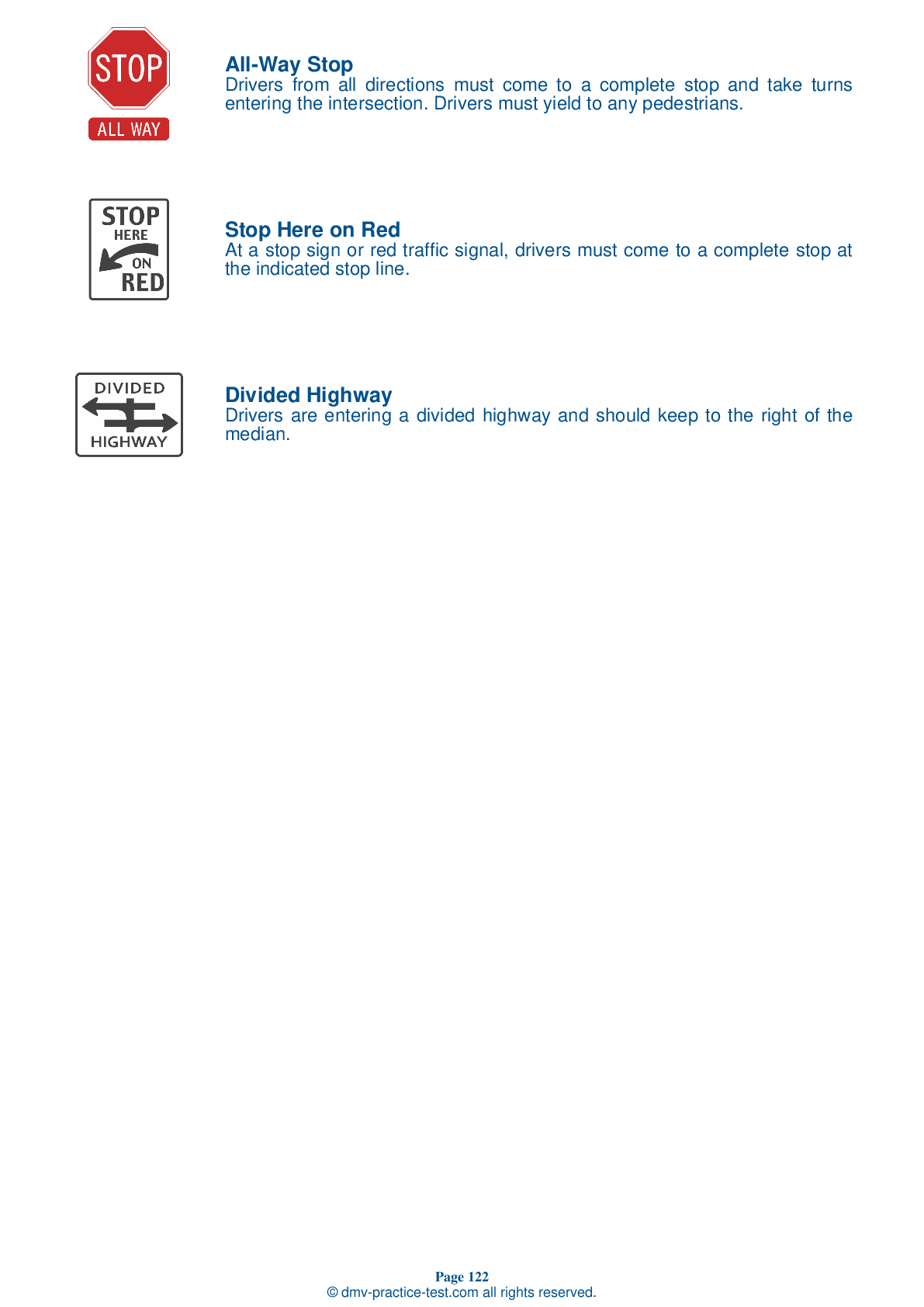Hazmat Test | Alabama 2025 #1
On our website, we provide FREE practice - CDL hazmat test online! The official exam test consists of several obligatory parts, with all of them checking your knowledge of different blocks of road rules. If you need to obtain a AL CDL hazmat endorsement in 2025, practice as much as possible. Free sample tests published on our website will help you check and improve your knowledge and boost your grades. Please bear in mind that Alabama requirements for issuing a hazmat endorsement for CDL may vary from those established in other states.
1 . If there is a collision involving a vehicle transporting Class 1 explosives, the driver should:
If you are driving a vehicle that is transporting Class 1 explosives and it is involved in an accident, you should warn others of the danger, keep bystanders away, and not allow smoking or open fires near the vehicle. Before separating the vehicles involved in the collision, remove all explosives and place them at least 200 feet away from the vehicles and any occupied buildings.
2 . A material’s hazard class reflects:
There are nine different hazard classes. A material's hazard class reflects its associated risks.
3 . Many products classed as poison are also:
Many products classed as poison are also flammable. Take the appropriate precautions if you think your cargo may be flammable.
4 . While driving, shipping papers should be:
While hazardous materials are being transported, shipping papers should either be kept in a pouch in the driver's side door or in another location where the driver is able to easily reach them while their seat belt is fastened. The papers must be clearly visible to anyone who is entering the cab.
5 . To know which placards to use, you need to know:
To determine which hazardous materials placards to use, you must know the hazard class of the materials; the amount of hazardous materials being shipped; and the total weight of all classes of hazardous materials in the vehicle.
6 . Identification numbers, shipping names, and hazard classes:
Identification numbers, shipping names, and hazard classes must never be abbreviated when listed on a shipping paper. The only exception to this is if the abbreviation is specifically authorized in the hazardous materials regulations.
See the exact questions that will be on the 2025 Alabama DMV exam.
99.2% of people who use the cheat sheet pass the FIRST TIME
Lillian MCcranie explains how our CDL study guide was helpful in passing the exam and recommends it to everyone.
Cameron tells us how he purchased the CDL exam, and found it to be a useful tool which helped him pass the exam and find a job.



